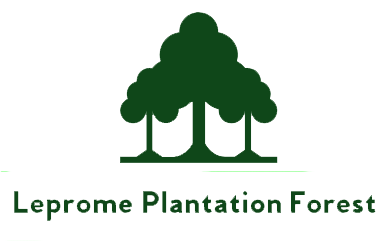Uganda is a country with high potential for effective conservation, sound sustainable natural forest management and viable timber plantations. It has great potential for sustained economic growth. Despite her small size of only 0.02% of the world’s total dry land area, Uganda has over 11% and 7% of the known world’s total of species of birds and mammals respectively. It is not surprising therefore, that she was referred to as the “pearl of Africa” by Sir Winston Churchill at the start of the century. The translation of this potential into reality has been curtailed by several factors. The major factor has been bad governance and politics of the last 30 years that has led to the destruction of people, infrastructure and the economy. Consequently, Ugandans have experienced poverty, low levels of human development and environmental degradation resulting in the country being one of the poorest in the world. Today, about 46% of Uganda’s population live below the poverty line.
The greatest challenge for the government in Uganda today is how to address the issue of poverty. It is the vision of all Ugandans to restore the ‘pearl of Africa’ to its former glory. Through a wide consultative process, Ugandans from all walks of life agreed on a collective vision for the country. The vision for Uganda for the 21st century is that of “a prosperous people, harmonious nation and beautiful country” (MFPED, 2000; Vision, 2025). Uganda’s Vision 2025 will provide a planning framework for the country for the next 25 years.
Uganda’s Forestry Sector Vision
Uganda depends heavily on subsistence agriculture as the main source of livelihood. Agriculture is sustained by about 85% of the population who are rural based. The agricultural sector is largely undeveloped characterised by family labour, rudimentary technology, poor crop husbandry, lack of improved seed, lack of pesticides, lack of fertilisers, a land use policy and with a low rate of land use. It is against such a background that the role of forestry in the development of Uganda is considered as crucial in the eradication of poverty.
The Uganda Forest Policy states the country’s forestry sector vision as: a sufficiently forested, ecologically stable and economically prosperous Uganda. A national forestry program is being developed to ensure the conservation, management and sustainable development of the forests to meet local, national, regional and global needs and requirements for the benefit of present and future generations. Although there has been a long period of upheaval and considerable damage to some forests, there is still a solid ecological basis from which sustainable forestry can operate. It is part of Uganda’s development strategy that forest resources play a full part in development to maximise the positive impact on poverty.

